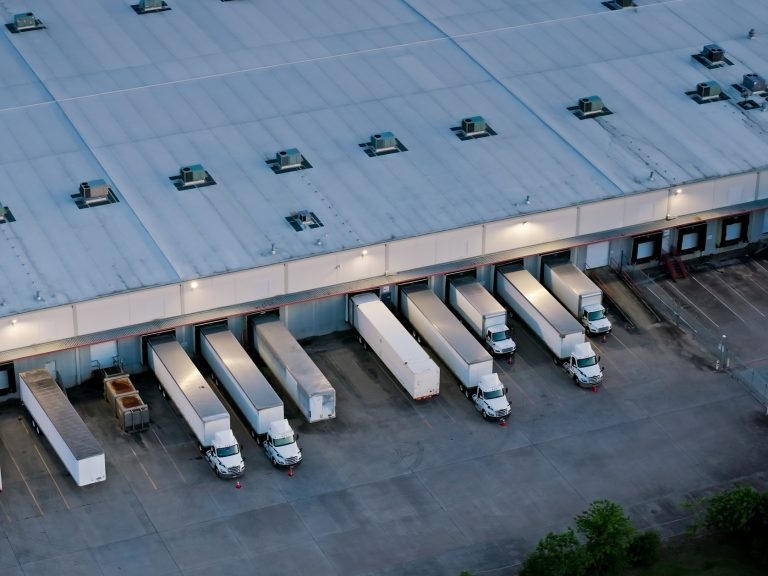Business booming during COVID for office mapping company

If we have learnt anything this year, it’s that the pandemic has been good news for some corners of business. Think Officeworks, where everyone rushed to buy a printer and a chair when they were banished from the office. Then there was Bunnings. And plant nurseries, and on and on.
Here’s another.
OfficeMaps is a Brisbane-based company that has been selling interactive tracking and mapping software for about four years. It’s a good business, doubling clients each year, largely through word of mouth and Google. But during the lockdown, inquiries have tripled and sales are up by 250%. It has doubled its workforce to 12 in the past few months.
Who knew there would be such a market for a program that, among other things. makes sure you sit 1.5m apart?
OfficeMaps — the company and the program — grew out of another company whose products and services over the past 28 years have been so prosaic that even its head of business development pronounces them “boring”.
Rob Wilkinson is clearly having more fun promoting OfficeMaps, which helps companies track staff movements at a time when they must manage social distancing and desk use.
The story began with two innovative Queenslanders, James Sowry and William Lee, who set up their IT company Sentrian in Brisbane in 1992, providing outsourced IT infrastructure, services and support. It has been very successful and has its own “cutting-edge” cloud network, with data centres in Brisbane, Sydney and Melbourne.
About four years ago, the duo identified a need for a software program to allow you to map the workplace, look at floorplans and keep track of staff movements as well as build detailed employee profiles and data about where they work and when. They set up a separate company, OfficeMaps, to develop and market the product.
Wilkinson, is the chief experience officer — a cooler title than the one he has at Sentrian. He says the social distancing and health regulations now imposed on companies has attracted companies to OfficeMaps because its features can be adapted to “make sure you’re your distance”.

Rob Wilkinson is the chief experience officer of OfficeMaps, a software program that maps the workplace.
It also allows for contact tracing because it captures employees’ desk movements and does away with the need to keep manual lists of where people are sitting.
He insists that contrary to other opinion, hot-desking will increase, not decline.
“A few people say hot desking is out but it’s the exact opposite,” he says, adding that about 80 per cent of inquiries in recent months are from companies keen to institute hot desking so that can reduce office space.
“The big upside is that if you can manage this, you can save a huge amount of money and close down floors,” he says. “Facilities managers are all over it like a rash. They see the dollar signs.”
The Brisbane-based company has global reach with about 70-80 per cent of clients in the US and Europe. It has about 200 clients with about 140,000 people using the software. Wilkinson says it has been a success because it is narrowly focused.
“It falls into a category that is usually dominated by really huge providers with pieces of software that do a tonne of stuff and come with a huge price tag,” he says.
“We have a relatively narrow focus but a much larger market and there is not a huge amount of competition. The functionality is specific. The bigger ones want to be everything to a small group of companies and they do a lot, but 90 per cent of the market doesn’t require all the bells and whistles. The lower end of the market is essentially neglected.”
This article originally appeared on www.theaustralian.com.au/property.







